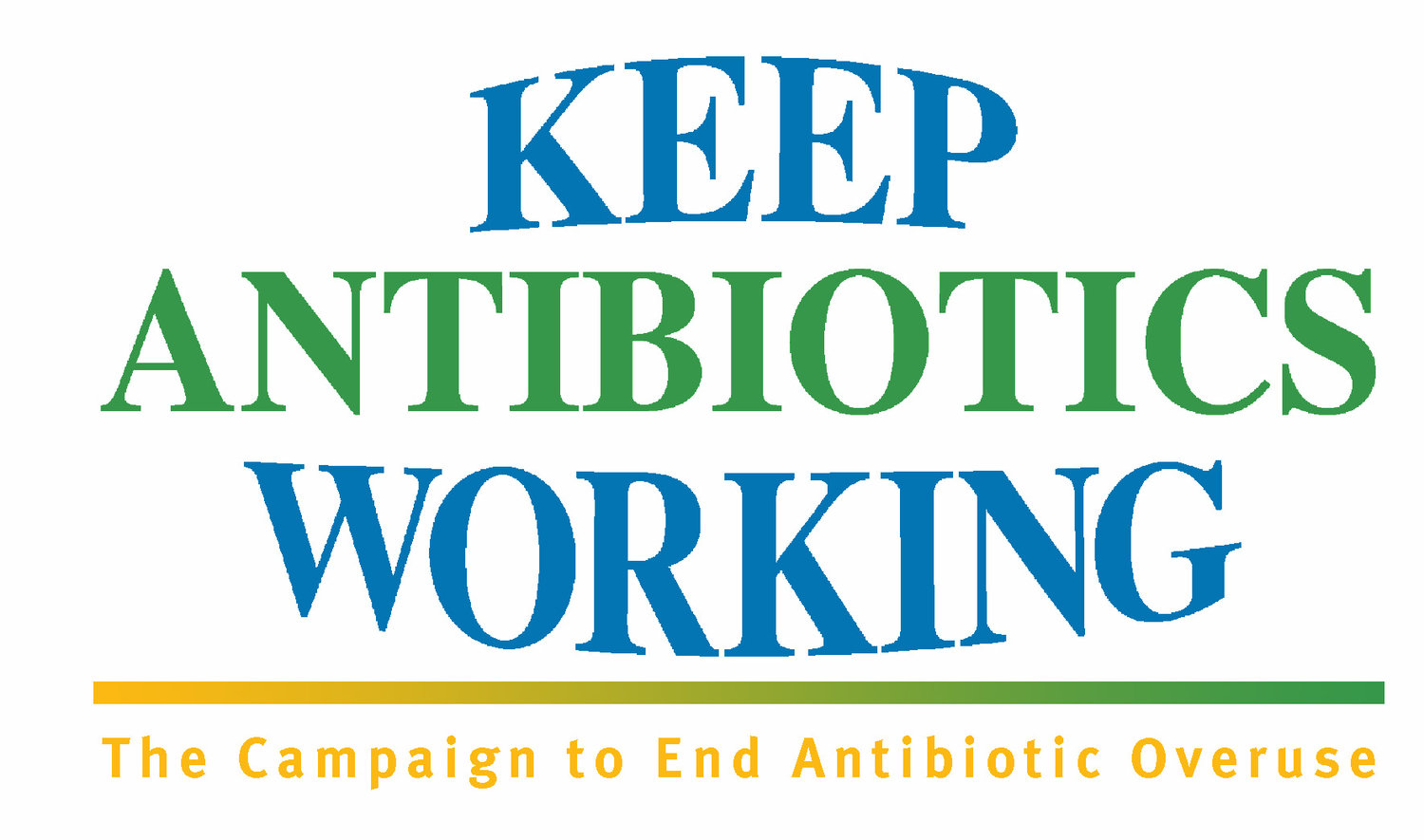Antibiotic Sales for Food Animals Continue to Rise
STEVE ROACH , FOOD SAFETY PROGRAM DIRECTOR, FOOD ANIMAL CONCERNS TRUST
FDA just released its annual report on sales of antibiotics for use in food producing animals. The big take away is that sales of medically important antibiotics continue to rise (3% between 2018 and 2019). This is dangerous because antibiotic overuse in animals leads to antibiotic resistant superbugs that cause difficult to treat infections in humans and animals. This is the second consecutive year that antibiotic sales have increased, following drops in 2016 and 2017. Prior to 2016, there were five years of increases in sales. In order to adequately contain the threat of superbugs, we need additional drops in sales rather than increases.
Pigs are the big drivers of the increase. While the overall increase was 3%, antibiotic sales for pigs increased by 9% between 2018 and 2019. With this year’s increase, sales of antibiotics for use in pigs passed sales for use in cattle for the first time, making pigs the biggest market for animal antibiotics. Poultry, both chicken and turkey, continue to make progress in lowering their antibiotic use. While cattle did not do as poorly as pigs, the sector still saw a slight increases in purchases of antibiotics. Cattle not increasing much is likely due to pressure from fast food chains that have recently adopted antibiotic use reduction policies for their meat suppliers.
So to recap, antibiotic sales for use in food animals are up with pigs leading the increase. Cattle sales are up as well, but not by much. Sales for poultry continue to go down. The sales increases for cattle and pigs are bad because increased use leads to more resistant superbugs that makes millions sick and cause tens of thousands of illnesses each year in the U.S.
We need to take steps to reduce the overuse of antibiotic in agriculture. This means:
Setting targets for reductions in sales of antibiotics in agriculture
Banning the use of antibiotics to prevent illness in food animals
Preventing animal illness by improving how animals are raised.
Improving monitoring of both antibiotic use and antibiotic resistance
FDA needs to move forward with planned steps to reduce antibiotic overuse but these are not enough. The FDA needs to set reduction targets and to withdraw approval of preventive uses of medically important antibiotics. Meat buyers such as grocery chains and restaurants need to adopt policies that require their meat suppliers to eliminate antibiotic over use.


